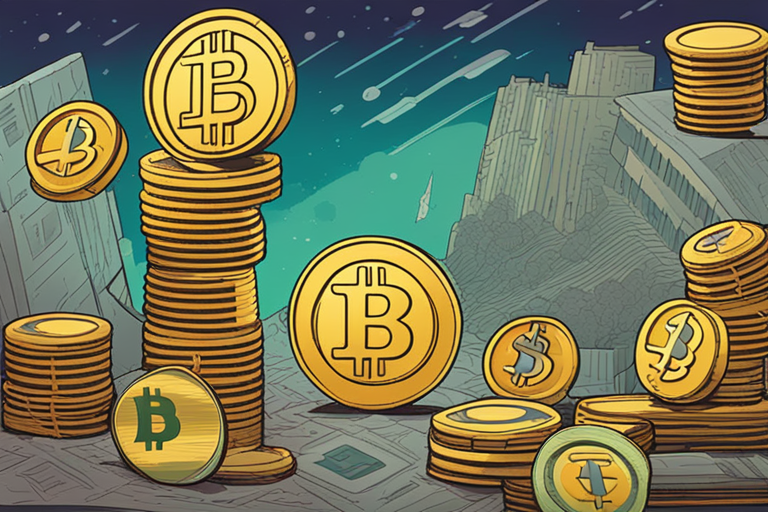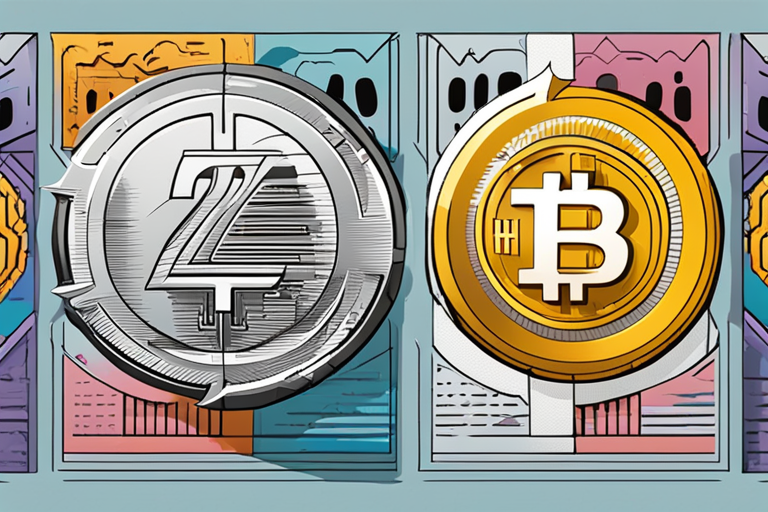🚀 Tether’s Remarkable Position in the Crypto World
Tether, the creator of the popular stablecoin USDT, stands as one of the most successful entities within the cryptocurrency sector. Notably, it ranks as the 18th largest holder of U.S. Treasury bonds, surpassing several major global economies as of Q3 2024.
Recent announcements highlight Tether’s substantial ownership of $102.5 billion in U.S. Treasury bonds. Paolo Ardoino, the CEO of Tether, shared his thoughts on X, expressing pride in this achievement, which indicates that Tether has more exposure to U.S. treasuries than countries like Germany, Australia, and the United Arab Emirates (UAE).
This development coincides with USDT’s growing influence in the cryptocurrency domain, accounting for more than 70% of the total market cap of stablecoins. Significantly, Tether’s USDT has surged past the $120 billion market cap threshold, solidifying its leadership in trading volume and enhancing its overall importance.
📊 Tether’s Q3 2024 Performance: A Financial Overview
Concerns surrounding Tether often revolve around whether the company maintains sufficient reserves to support all issued USDT and uphold its pegs.
In light of this, Tether’s Q3 2024 report reveals that the group’s consolidated assets total approximately $134.4 billion, which includes over $6 billion in surplus reserves in addition to maintaining 100% reserves in liquid assets for all issued tokens.
During this quarter, Tether reported net profits of $2.4 billion. Specifically, $1.3 billion of these profits originated from its U.S. Treasury investments, as indicated by Paolo Ardoino. The remaining $1.1 billion came from Tether’s gold investments, bolstered by the significant rise in gold prices this year.
“These figures hold immense significance, particularly as a substantial portion of USDT usage occurs in developing countries and emerging markets. It’s clear that USDT functions as a digital dollar for millions who face barriers from the traditional banking system due to their financial circumstances.”
– Paolo Ardoino
🏦 The Competitive Landscape of Stablecoins
The race among stablecoins has gained momentum over recent years within the decentralized finance (DeFi) sector. Numerous new solutions are being introduced and explored. Meanwhile, Circle’s recent adjustments to USDC’s redemption fees have paved the way for alternative stablecoins to make their mark in 2025.
Innovative projects such as Maker’s DAI, Hatom’s USH, Ethena’s USDe, and PayPal’s PYUSD represent a fresh wave of competitors worth monitoring.
This category of assets serves as a vital link between traditional finance and DeFi, presenting lucrative business opportunities. With stablecoins, users and investors can access yield farming avenues to generate passive income in cryptocurrency and realize profits.
As the landscape evolves, USDT continues to lead the stablecoin sector, showcasing its strength even in traditional financial markets after outpacing nations like Germany, Australia, and the UAE in holdings of U.S. Treasuries.
Nonetheless, it is crucial to acknowledge the potential risks associated with stablecoins, which often relate to required counterparties or complex mechanisms necessary to maintain the dollar peg.
🔥 Hot Take: Setting the Stage for Future Developments
As Tether demonstrates its robust position in the cryptocurrency landscape, its approaches to financial stability and substantial reserves play a fascinating role in its ongoing growth. The future may bring even more significant competition among stablecoins, driven by the need for competitive solutions in the dynamic market.
Moreover, along with innovations designed to enhance usability and accessibility, the stablecoin market may evolve to address the expectations and concerns of users worldwide. The trends set this year could very well define the trajectory of cryptocurrency finance as we move forward.





 By
By

 By
By


 By
By